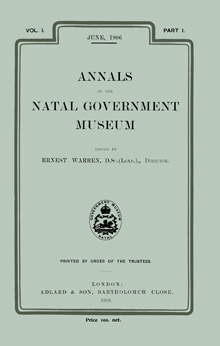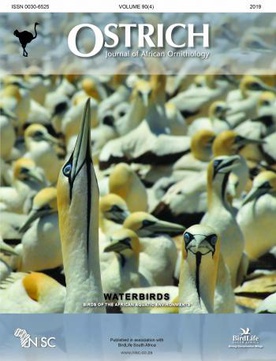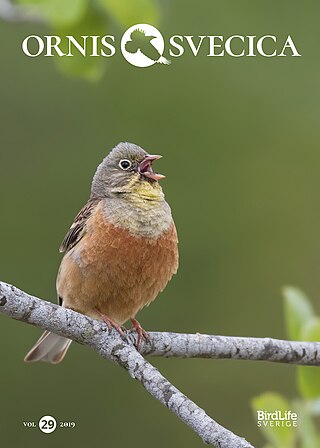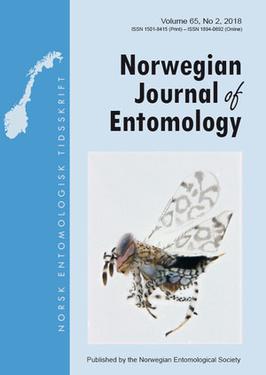
The hamerkop is a medium-sized wading bird. It is the only living species in the genus Scopus and the family Scopidae. The species and family was long thought to sit with the Ciconiiformes but is now placed with the Pelecaniformes, and its closest relatives are thought to be the pelicans and the shoebill. The shape of its head with a long bill and crest at the back is reminiscent of a hammer, which has given this species its name after the Afrikaans word for hammerhead. It is a medium-sized waterbird with brown plumage. It is found in Africa, Madagascar and Arabia, living in a wide variety of wetlands, including estuaries, lakesides, fish ponds, riverbanks, and rocky coasts. The hamerkop is a sedentary bird that often shows local movements.

The European roller is the only member of the roller family of birds to breed in Europe. Its overall range extends into the Middle East, Central Asia and the Maghreb.
A citation index is a kind of bibliographic index, an index of citations between publications, allowing the user to easily establish which later documents cite which earlier documents. A form of citation index is first found in 12th-century Hebrew religious literature. Legal citation indexes are found in the 18th century and were made popular by citators such as Shepard's Citations (1873). In 1961, Eugene Garfield's Institute for Scientific Information (ISI) introduced the first citation index for papers published in academic journals, first the Science Citation Index (SCI), and later the Social Sciences Citation Index (SSCI) and the Arts and Humanities Citation Index (AHCI). American Chemical Society converted its printed Chemical Abstract Service into internet-accessible SciFinder in 2008. The first automated citation indexing was done by CiteSeer in 1997 and was patented. Other sources for such data include Google Scholar, Microsoft Academic, Elsevier's Scopus, and the National Institutes of Health's iCite.
Scopus is Elsevier's abstract and citation database launched in 2004. Scopus covers nearly 36,377 titles from approximately 11,678 publishers, of which 34,346 are peer-reviewed journals in top-level subject fields: life sciences, social sciences, physical sciences and health sciences. It covers three types of sources: book series, journals, and trade journals. All journals covered in the Scopus database are reviewed for sufficiently high quality each year according to four types of numerical quality measure for each title; those are h-Index, CiteScore, SJR and SNIP. Searches in Scopus also incorporate searches of patent database Lexis-Nexis, albeit with a limited functionality.

Ostriches are large flightless birds. They are the heaviest living birds, and lay the largest eggs of any living land animal. With the ability to run at 70 km/h (43.5 mph), they are the fastest birds on land. They are farmed worldwide, with significant industries in the Philippines and Namibia. Ostrich leather is a lucrative commodity, and the large feathers are used as plumes for the decoration of ceremonial headgear. Ostrich eggs have been used by humans for millennia.

Anton Reichenow was a German ornithologist and herpetologist.
Constantine Walter Benson OBE was a British ornithologist and author of over 350 publications. He is considered the last of a line of British Colonial officials that made significant contributions to ornithology.

The Middle East Journal is a quarterly peer-reviewed academic journal published by the Middle East Institute. It was established in 1947 and covers research on the modern Middle East, including political, economic, and social developments and historical events in North Africa, the Middle East, Caucasus, and Central Asia. Jacob Passel is the current editor.

The black-and-white mannikin also black-and-white munia or red-backed mannikin, is a species of estrildid finch, widely occurring throughout the African tropical rainforest. It has an estimated global extent of occurrence of 4,200,000 km2. It is found in moist savanna and subtropical or tropical moist lowland forest habitat. The status of the species is evaluated as least concern. They are seedeaters, but are known to feed on algae.
The Nyanza swift(Apus niansae) is a species of swift in the family Apodidae. It is found in Eritrea, Ethiopia, Kenya, Somalia, South Sudan, Tanzania, and Uganda.

The Abyssinian scimitarbill is a species of bird in the family Phoeniculidae. It is found in Djibouti, Ethiopia, Kenya, Somalia, South Sudan, Tanzania, and Uganda. The Abyssinian scimitarbill is known to be insectivorous like other members of the Phoeniculidae family. They have also been observed to have their nests parasitized by the greater honeyguide species of bird.

The banded yellow robin or olive-yellow robin is a species of bird in the Australasian robin family Petroicidae that is found in New Guinea. It is the only species in the genus Gennaeodryas. Its natural habitats are subtropical or tropical moist lowland forest and subtropical or tropical moist montane forest. It is threatened by habitat loss. It has a high mortality rate due to its inability to traverse across a matrix.

African Invertebrates is a peer-reviewed open access scientific journal that covers the taxonomy, systematics, biogeography, ecology, conservation, and palaeontology of Afrotropical invertebrates, whether terrestrial, freshwater, or marine. It is published by Pensoft Publishers on behalf of the KwaZulu-Natal Museum and the editor-in-chief is David G. Herbert.

Ostrich: Journal of African Ornithology is a journal of African ornithology published by BirdLife South Africa, formerly the South African Ornithological Society, in association with the National Inquiry Services Centre (NISC) and Taylor & Francis. It contains papers on the birds of Africa and its islands, including peer-reviewed original scientific papers of 3000 to 5,000 words, short articles of up to 3000 words, perspectives, commentaries and reviews. Topics include behaviour, breeding, biology, conservation, ecology, migrations, movements and systematics. This is a hybrid journal: offering open access publishing, but also following the standard publishing model without charges to authors.
El Hornero, is the peer-reviewed scientific journal of Aves Argentinas-Asociación Ornitológica del Plata the dean of the ornithological institutions in Argentina.

Ornis Svecica is a peer-reviewed scientific journal covering all aspects of ornithology. It was established in 1991 and is published by BirdLife Sverige. Sören Svensson was editor-in-chief 1991–2019, succeeded by Jonas Waldenström in 2020. Until 2018 the journal appeared in print, after that it is published online only. The journal originally focused on Swedish birds and Swedish ornithology, but soon changed to primarily deal with the European bird fauna, and the current geographic scope is global. Articles are published in English or Swedish, with an extensive summary in the other language.

The Norwegian Journal of Entomology is a biannual peer-reviewed scientific journal covering entomology, and arthropodology more in general, with an emphasis on Norway. It was established in 1920 as the Norsk Entomologisk Tidsskrift, obtaining its current title in 1974. From 1979 to 1998 it was published under the name Fauna Norvegica Serie B. The journal is published by the Norwegian Entomological Society and the editor-in-chief is Øivind Gammelmo.
Comparative Studies of South Asia, Africa and the Middle East is a triannual peer-reviewed academic journal covering Comparative Studies on Africa, the Middle East, and South Asia. It provides a "critical and comparative analyses of the histories, cultural productions, social and gender relations, politics, and economies" of these regions. It is published by the Duke University Press, and since 2012, edited at Columbia University.
The Ruvu weaver is a species of bird in the family Ploceidae. It is endemic to eastern Tanzania.











